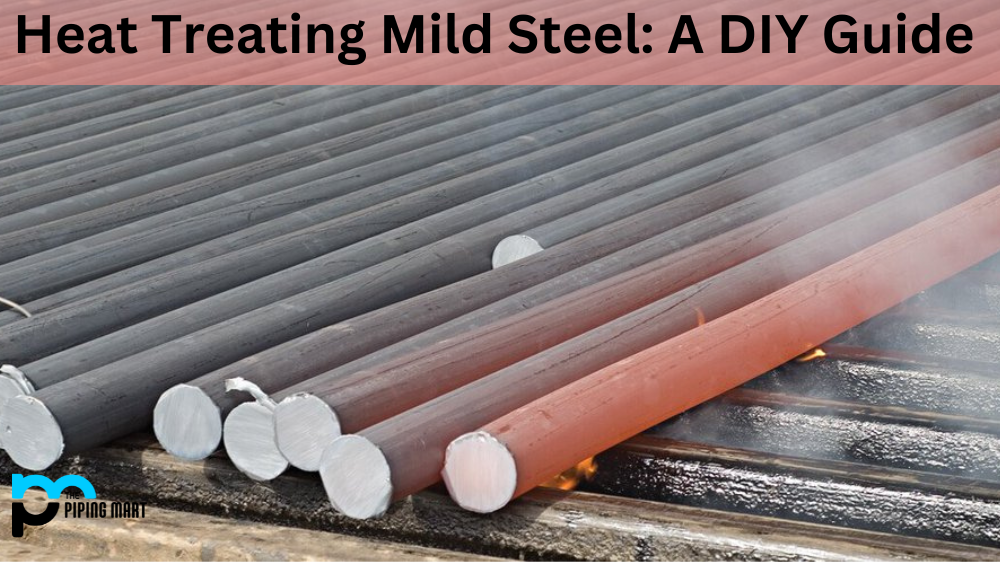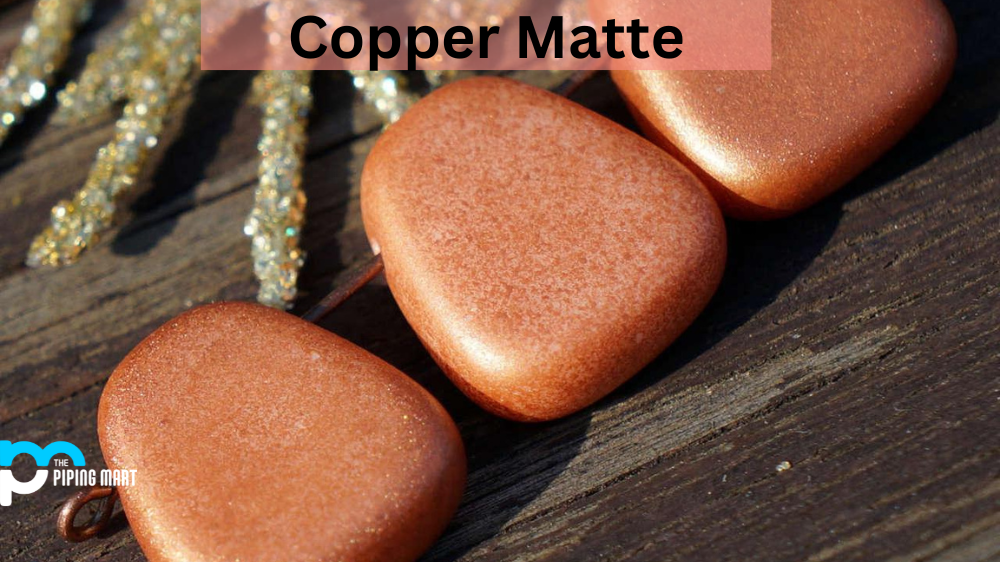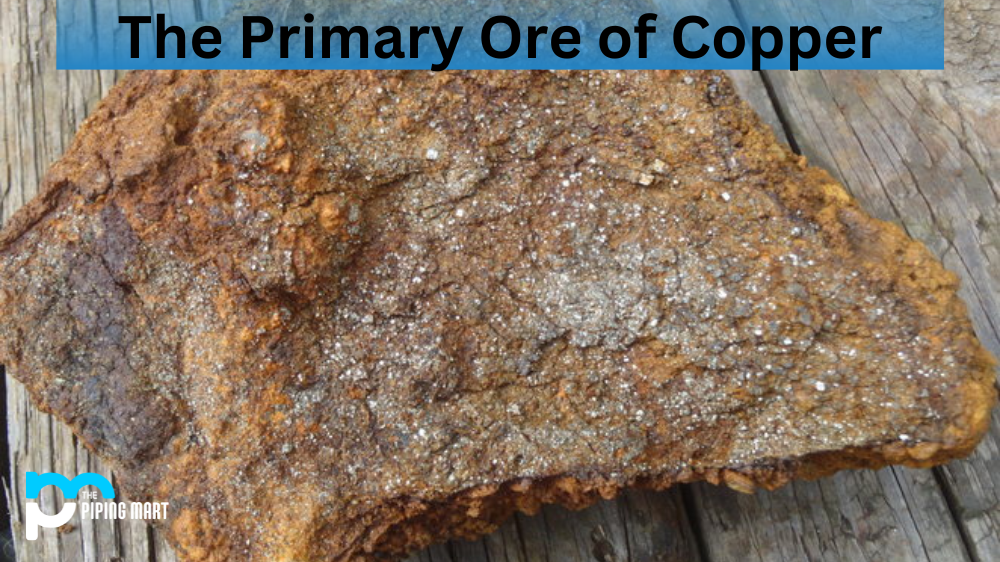Heat-treating mild steel is a process that can be done at home by the average DIYer. When heat-treated correctly, mild steel becomes much harder and more durable than its untreated counterpart. This guide will look at how to safely and effectively heat treat mild steel in the comfort of your home.
What You’ll Need to Heat Treat Mild Steel
Before you get started, you’ll need to gather the necessary supplies and tools for heat-treating mild steel. Here’s a brief list of what you’ll need:
- Mild Steel – This could be anything from knives, tools, or other metal objects.
- Heat Source – You’ll need a reliable source of heat. Propane torches are a popular choice for DIY projects like this one.
- Protective Gear – Safety should always come first when working with fire and metal. Wear protective glasses and gloves when working with any high-heat materials.
- Quenching Oil – Quenching oil helps cool down the heated metal quickly without damaging it, so make sure to have some on hand before beginning your project.
- Metal Tongs – Metal tongs are essential for safely handling hot metals. Make sure they are long enough to keep your hands away from extreme temperatures during the entire process.
- Grinding Stone – Once your object has cooled off after quenching, use a grinding stone to sharpen it and give it a finished look.
Now that you have all the supplies needed for heat treating mild steel let’s take a closer look at how to do it properly!
Process of Heat Treating Mild Steel
- Preheat Your Object – Preheat your object until it reaches an even temperature throughout (around 950-1050 degrees Celsius). Make sure to keep an eye on it, as you don’t want it to overheat or burn!
- Quench It – When your object has reached its desired temperature, quickly dip it into quenching oil or water (depending on what type of metal you’re using). This will cool down the object quickly without damaging it in any way.
- Temper It – After quenching comes tempering; this is where you reduce brittleness and improve the toughness of your object by reheating it back up (but not as hot as before). Temperatures vary depending on what kind of metal is being used; for mild steel, aim for 200-400 degrees Celsius for best results!
- Sharpen It – Finally, use a grinding stone or other sharpening tools to give your object a finished look after cooling off completely from tempering!
Conclusion:
Heat treating mild steel is an easy process that can be done at home with basic tools and supplies—all while strengthening the steel and making it last longer! With the proper safety precautions taken care of beforehand and following these steps closely, anyone can successfully heat treat their own mild steel objects right in their own backyard or workshop!

Pipingmart is a B2B portal that specializes in metal, industrial and piping items. Additionally, we share the latest information and information about materials, products and various types of grades to assist businesses that are involved in this business.



